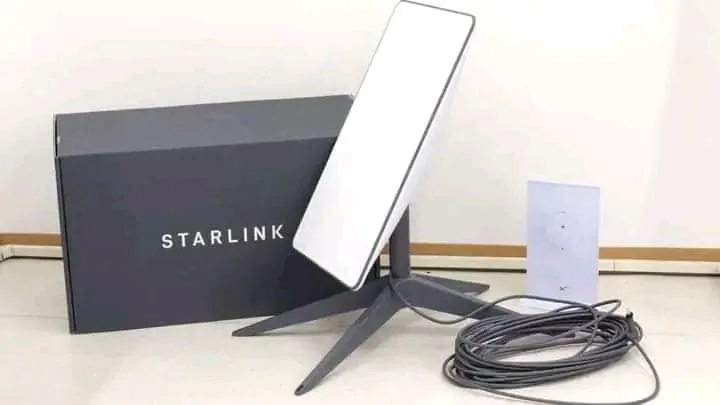Starlink, SpaceX’s satellite internet service, has reopened new customer subscriptions in several high-demand African cities, including Nairobi and surrounding areas in Kenya, Lusaka and other parts of Zambia, Kano, Port Harcourt, and Warri in Nigeria, and regions in Zimbabwe (excluding Harare) and Accra, Ghana. This follows an eight-month-long suspension imposed in October 2024 to address severe network congestion caused by overwhelming demand.
Last October, Starlink paused new sign-ups in major urban centres, including Nairobi, Kiambu, Machakos, Kajiado, and Murang’a in Kenya; Lusaka in Zambia; Abuja, Lagos, Kano, Port Harcourt, and Warri in Nigeria; and Accra in Ghana. The company cited bandwidth limitations, stating that residential plans had reached maximum capacity in these areas. Customers attempting to place orders were notified that the service was “unavailable” until further infrastructure upgrades were completed.
Julisha.co.ke latest analysis confirms that Starlink has expanded coverage and now offers service across Ghana, Kenya, Zambia, and additional Nigerian cities like Kano, Port Harcourt, and Warri. However, due to lingering capacity constraints, Harare (Zimbabwe) and Lagos and Abuja (Nigeria) remain restricted.
The rapid sellout of Starlink terminals in Africa highlights the continent’s pent-up demand for reliable, high-speed internet. Urban centres like Lagos, Nairobi, and Lusaka have seen particularly strong adoption, forcing Starlink to temporarily curb new subscriptions while working to scale its infrastructure.
A key bottleneck is Starlink’s current technical limitation of supporting only 1,500 users within a 22-kilometre radius, a challenge in Africa’s densely populated cities, where millions reside in concentrated areas.
Starlink’s expansion efforts face another hurdle: its limited ground station footprint across Africa. Presently, user traffic in some regions is routed through international hubs; for instance, connections in Lagos are relayed via Frankfurt, Germany, leading to higher latency and reliability issues. Factors like cloud cover or power outages can force traffic onto longer international paths, degrading performance. While the company launched a new ground station in Nairobi in January 2025 to ease congestion, urban demand continues to strain the network. To mitigate this, Starlink is deploying additional gateways, including newly confirmed stations in Okun Ajah (Lagos State), Sagamu (Ogun State), and Port Harcourt (Rivers State) in Nigeria.
Starlink remains committed to scaling its African operations but must navigate complex technical and logistical challenges. The company’s ability to balance rapid user growth with infrastructure expansion will determine its long-term success in meeting the continent’s connectivity needs.
For now, the reopening of subscriptions signals progress. However, capacity constraints in high-demand cities like Harare, Lagos and Abuja indicate that full, stable coverage may require further upgrades. As Starlink works to deploy more ground stations and optimise beam coverage, African users can expect gradual improvements in service availability and reliability.







